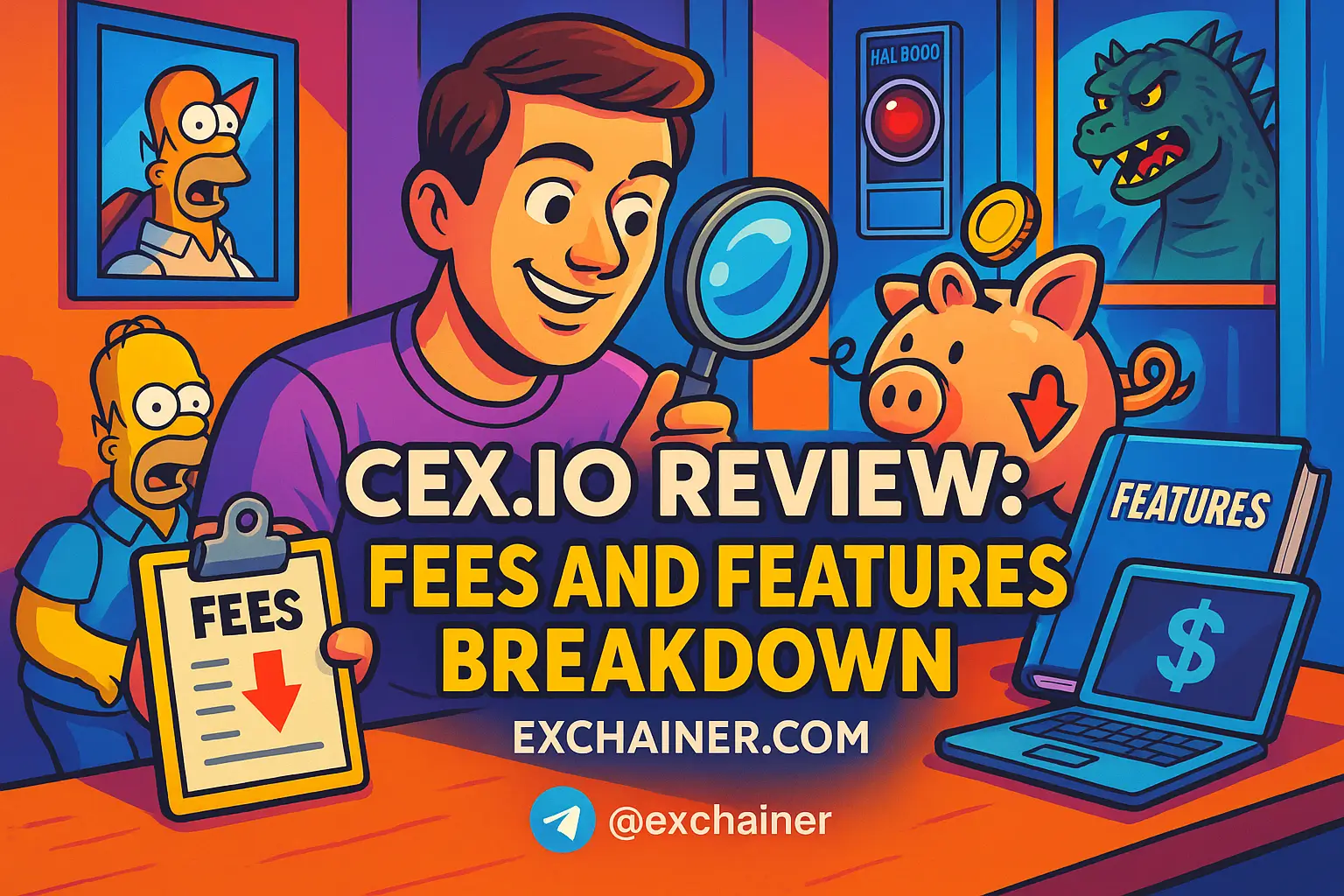Cryptocurrency lending and borrowing has rapidly grown into a major segment of the crypto economy, offering new ways for investors to earn passive income and for borrowers to access capital without traditional banks. At the heart of this development are decentralized finance (DeFi) platforms and some centralized services that allow users to lend or borrow digital assets in exchange for interest or collateral. Throughout this article, we will break down the fundamental mechanisms behind crypto lending and borrowing, the various platforms involved, and potential risks to keep in mind.
The Emergence of Crypto Lending
In the early days of Bitcoin, “HODLing” was the main strategy—investors simply bought cryptocurrency and waited for its value to (hopefully) increase. Over time, as the crypto market matured, users looked for more ways to use their holdings productively. Platforms like BlockFi, Celsius (before its troubles), and Nexo were among the pioneers in offering lending services, where depositors could earn yield on their idle crypto assets.
Meanwhile, decentralized finance introduced the concept of trustless lending protocols. Instead of relying on a centralized company to act as the intermediary, DeFi platforms use smart contracts. These contracts automatically manage the process of depositing collateral, setting interest rates, and allocating funds to borrowers. In this cryptocurrency lending and borrowing ecosystem, users typically retain more control over their funds, but must also manage more complex security and market risks.
Why People Borrow Against Their Crypto
When people consider cryptocurrency lending and borrowing, one question often arises: “Why borrow if you already hold valuable assets?” Common reasons include:
- Liquidity Without Selling: Investors can unlock liquidity from their crypto holdings without triggering a taxable event (in many jurisdictions), preserving long-term positions.
- Margin Trading: Traders may borrow additional assets to increase their exposure or employ more advanced trading strategies.
- Personal or Business Expenses: Similar to taking out a loan against real estate, borrowers can use crypto collateral to fund expenses, investments, or expansions.
However, these advantages come with intricacies like liquidation risks. If the value of your collateral drops below a threshold set by the platform, your position may be liquidated to repay the loan.
How Does Crypto Lending Generate Yield?
Lenders earn interest when borrowers pay fees to access capital. The process works as follows:
- Lender Deposits: A lender sends their crypto (e.g., Ethereum or USDC) into a lending platform’s smart contract or centralized account.
- Borrower Loans: A borrower provides collateral (often 120–200% of the loan’s value, depending on asset volatility) and requests a loan.
- Smart Contract Enforcement: If a borrower’s collateral value drops below the required ratio, the protocol can liquidate collateral to protect the lender’s funds.
- Interest Payout: Borrowers pay interest at a rate determined by supply and demand, which in turn is distributed among lenders.
Market dynamics influence these rates. If demand for borrowing is high relative to supply, interest rates rise. Conversely, if many people deposit assets but fewer borrowers exist, the interest earned by lenders may be relatively low.
Key Benefits
- Passive Income: Lenders can earn yield simply by depositing assets.
- Capital Efficiency: Borrowers gain access to funds without selling their holdings.
- Innovation and Accessibility: DeFi lending platforms can be accessed globally, often requiring minimal personal information.
Despite these perks, cryptocurrency lending and borrowing is not a one-size-fits-all solution. It’s crucial to evaluate the type of platform you’re using—centralized or decentralized—along with its liquidity, security audits, regulatory compliance, and user reputation.
In the next section, we will delve deeper into specific platforms, the mechanics of crypto-backed loans, and how to evaluate the associated risks. Whether you’re a newbie exploring passive income or an experienced investor seeking advanced strategies, understanding these details can help you navigate the evolving crypto lending landscape confidently.
Types of Crypto Lending Platforms
Centralized Lending Platforms (CeFi):
- Examples: Nexo, BlockFi, Crypto.com.
- How They Work: Users deposit assets into their accounts, and the platform manages loans, collateral, and interest distribution. Because it’s centralized, users rely on the company’s solvency and governance. These platforms often have user-friendly interfaces and customer support but may require Know Your Customer (KYC) verification.
- Risks: Platform insolvency, hacks, or mismanagement (as seen in cases like Celsius) can endanger user funds.
Decentralized Lending Protocols (DeFi):
- Examples: Aave, Compound, MakerDAO.
- How They Work: Smart contracts replace traditional intermediaries. Depositors supply assets to liquidity pools, while borrowers collateralize their own assets to borrow from these pools. Interest rates adjust dynamically based on supply and demand, all enforced by code rather than a centralized entity.
- Risks: Smart contract vulnerabilities, market volatility, and complexities in user interfaces. However, users retain more control over private keys and fund custody.
Borrowing Mechanics: A Closer Look
Cryptocurrency lending and borrowing revolve around overcollateralization. This means a borrower must deposit crypto worth more than the total loan value to secure the loan. For instance, a borrower might need $200 worth of ETH to borrow $100 in stablecoins. This structure protects lenders from sudden market drops.
- Liquidation Threshold: If the borrower’s collateral falls below a certain ratio, the protocol automatically liquidates part of the collateral to repay the loan.
- Interest Rate Models:
- Stable Rate: Some platforms offer stable interest rates for short-term predictability.
- Variable Rate: Rates fluctuate in real time based on market conditions. Borrowers who anticipate short borrowing periods might favor this if the rate is low.
On MakerDAO, for example, depositing ETH allows users to generate DAI (a decentralized stablecoin). If ETH’s price declines significantly, the protocol can liquidate enough ETH to keep the DAI fully collateralized. Meanwhile, on Aave or Compound, borrowers can choose from a variety of coins to borrow and deposit.
Key Risk Factors
- Market Volatility: The crypto market can experience sharp price swings. A sudden decline can lead to rapid liquidations.
- Smart Contract Bugs: DeFi protocols rely on audited code, but exploits remain a possibility.
- Custodial Risk: Centralized platforms hold your assets, so a platform hack or bankruptcy could put funds at risk.
- Regulatory Uncertainty: Lending platforms may face changing regulations, impacting their operations and user eligibility.
Managing Risks
To approach cryptocurrency lending and borrowing more safely, consider these strategies:
- Diversify Collateral: Spread your collateral across multiple assets (if supported) to lessen exposure to a single token’s price volatility.
- Monitor Collateral Ratio: Keep a comfortable buffer above the liquidation threshold. This can prevent forced liquidations if the market dips.
- Use Reputable Platforms: Opt for platforms with a track record of successful audits, transparent governance, and community trust.
- Stay Informed: Join community chats, read project documentation, and track relevant news from high-authority crypto outlets like CoinDesk and Cointelegraph.
Real-World Example
In early 2022, many investors used their Bitcoin or Ethereum as collateral on platforms like Aave to borrow stablecoins. They used those stablecoins to buy more ETH, aiming to multiply gains in a bull market. However, a significant market correction led to swift liquidations, prompting a wave of forced collateral sell-offs. Some users who didn’t monitor positions closely saw substantial losses. This underscores the importance of caution when leveraging debt strategies in highly volatile markets.
With these mechanics in mind, you’ll be better equipped to evaluate your own participation in cryptocurrency lending and borrowing. In the next section, we’ll offer our team’s subjective view based on the research presented, plus practical takeaways for new and experienced participants alike. Finally, we’ll conclude with a dedicated FAQ to address common concerns and questions.
Conclusion & Team Opinion on Cryptocurrency Lending and Borrowing
Cryptocurrency lending and borrowing represents a revolutionary way for crypto holders to unlock liquidity and earn yield on their assets. Whether using centralized or decentralized platforms, this sector has seen rapid growth, fueled by both investor interest in passive income and borrowers’ desire to retain their crypto positions. Yet as with any financial innovation, it carries risks—ranging from market volatility to smart contract vulnerabilities and even regulatory shifts that could impact platform operation.
After investigating various protocols and analyzing multiple user experiences, our team believes that crypto lending and borrowing can be a powerful strategy when approached with caution. Centralized platforms offer user-friendly experiences, but trusting a third party with your assets introduces counterparty risk. DeFi protocols reduce dependence on intermediaries, though they require a solid understanding of smart contracts and liquidity pools.
For newcomers, we recommend starting modestly. Explore platforms with proven security audits, maintain collateral buffers to avoid liquidations, and keep an eye on regulatory developments in your jurisdiction. Over time, you can scale up your involvement as you gain familiarity with market cycles and platform functionalities. More advanced traders might employ strategies like yield farming, margin borrowing, and automated portfolio rebalancing, but these should be grounded in risk management.
Ultimately, cryptocurrency lending and borrowing offers both opportunity and peril. By doing your homework, diversifying your exposure, and adopting conservative loan-to-value ratios, you can responsibly access this evolving financial frontier.












